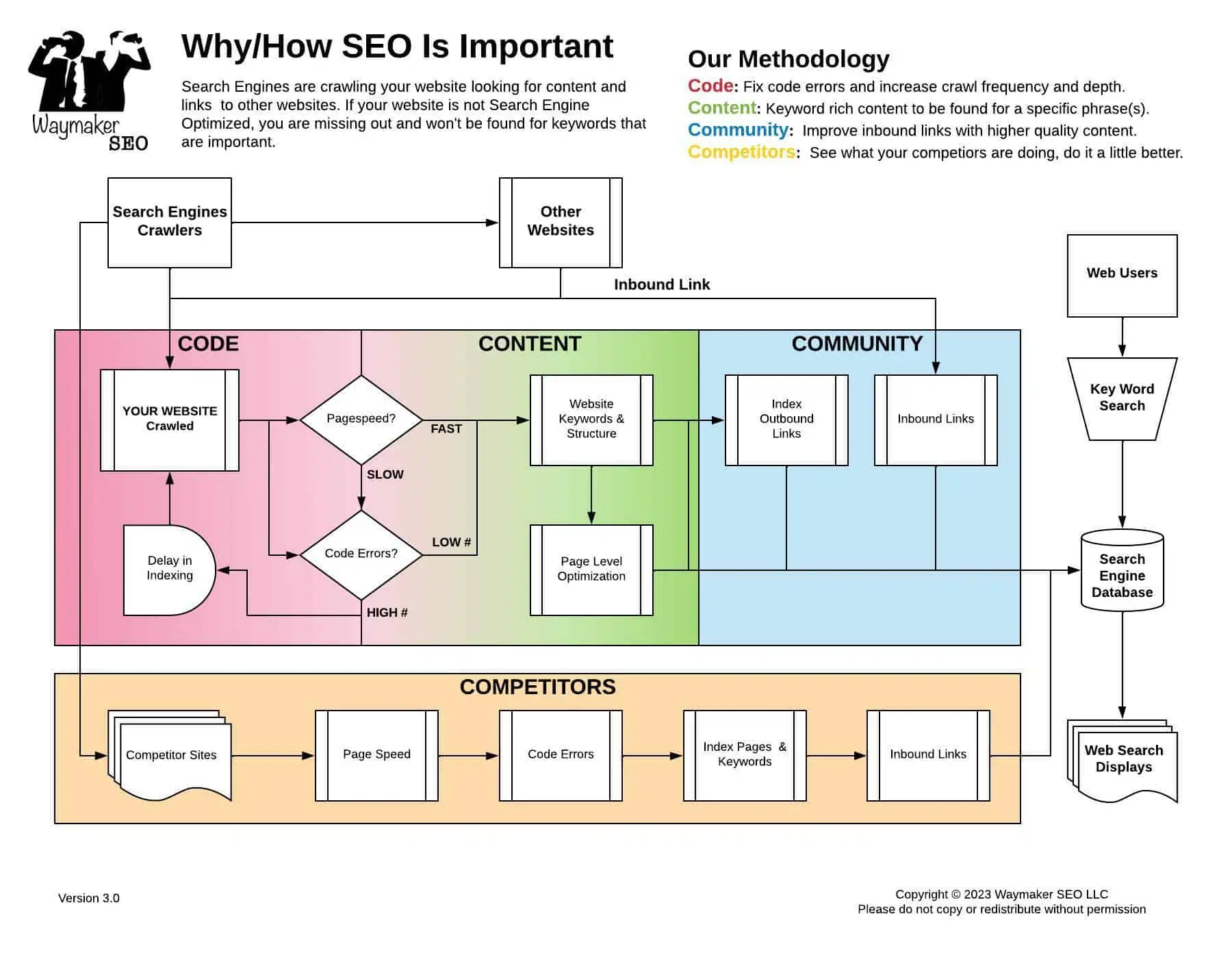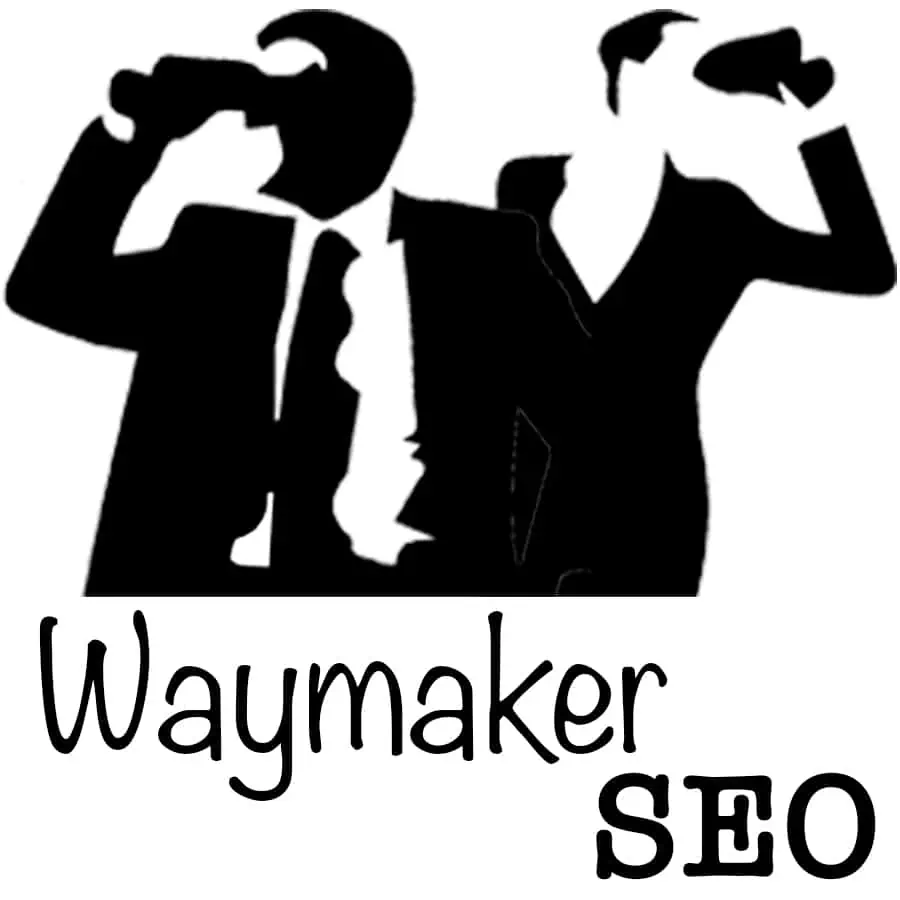SEO Guide for Interior Designers
We created and SEO Guide for Interior Designers. We have worked with over a dozen Interior Designers in different markets with differing services, processes, and deliverables.
We hope this guide is helpful.
Want a PDF of the Guide?
Click the Button to the left to get the Guide.
Why SEO is Important for Interior Designers
Interior Designers are busy designing beautiful spaces for their clients. This process is exciting and transformative, but it can also be arduous, as it involves placing and tracking orders, managing client expectations and changes, and dealing with the million other things designers need to deal with, including marketing efforts.
SEO is important because it lets your target audience find you based on certain keywords. For most keywords, you can assume certain intent. For example, “Interior Designer City Location” means someone is looking for a designer in their area. “Interior Design Ideas” could be someone trying to get ideas for a DIY project.
SEO tactics are not complicated, but priorities and effort can be. We hope this guide can help you in your SEO efforts. If you need our help, please see the last page in the guide or contact us below.

SEO Challenges for Interior Designers
1. Image Intense Website
Portfolio pages are central to showing clients your work. They say a picture is worth a thousand words, and your work is worth millions. But every image requires bandwidth to load and can slow down the user experience. This is not an ideal experience, especially on a mobile device.
Some Quick Fixes:
- Lazy load images. This allows images to load after everything else and will load images so the user sees a page.
- Size your images. You had a great photo shoot or took great images on your phone. These files are most likely not “web-ready”. Sure, they fit on the site, but if they are not sized or optimized, they can slow your site down.
- Use a Gallery. Treat your website portfolio like a gallery, meaning don’t dump every version of every picture. Use images that help tell the story of your project or walk people through the project in an intentional way. The living room may be great, but that sofa is in every picture.
2. Market Differential - What Else Makes You Different?
Sure, your design style and eye for design are different from others in your industry, but what else makes working with you a desirable activity for a new client? Why should they trust you with their project and space?
Some Quick Fixes:
- Define Unique Selling Points (USP): Define your unique selling points and create a keyword content strategy around these points.
- Focus on Benefits: What do clients get from you that they don’t get from your competitors? Assume others can deliver a beautiful space; what else can you deliver during the process or at the end?
3. Longer Buying Cycle: Lead to Client Journey
Interior designers have a long lead to client conversion cycle. The idea that someone is sitting at their kitchen table with a bag of cash, looks up at their kitchen and decides they want to hire someone to come in the next day and rip up their home is not a common situation. Most clients have a space they want to change/improve but the idea of costs and time and having to go through a design and remodel process can be daunting. When they are interested, they may visit your website and social channels multiple times, while trying to overcome these concerns.
Some Quick Fixes:
- Review Client Acquisition: Grab your client list and walk through how you obtained the last 10 clients. What questions did they have? What concerns did they express before and after they met you initially? Have this content on your website, and have some keyword rich content speaking to these points.
- Saturate the Search Results Page:
- Imagine a client trying to find new kitchen ideas in your city, and your website shows up for different styles or solve specific problems like “Small Galley Kitchen Design Atlanta” or “Island Sink Kitchen Design.” Think of clusters or related words that your site should be ranking for around these projects.
- Speak to Potential Clients and Different Buying Cycles: Not every visitor is ready to buy. Not all who wander are lost. Imagine your ICP at the different stages of buying and what they are looking for, or the questions they have. Create content using keywords for these various stages.
- Have a lead acquisition and conversion strategy: Track phone calls and email on a lead tracking sheet or CRM. Create marketing messages and content to market to these people till they buy or go away.
For SEO purposes, continue to build out content. The people on your list, they may not come back to you. They may have forgotten that one conversation, but when they keep searching, they can see your website in the results for the keyword searches they are making.
Want to Talk to Someone?
Want to talk about an audit or SEO needs? Book a Free 30-minute consultation. We can provide some insights and data upfront.
Want to get tips each month?
Sign-up for our newsletter
